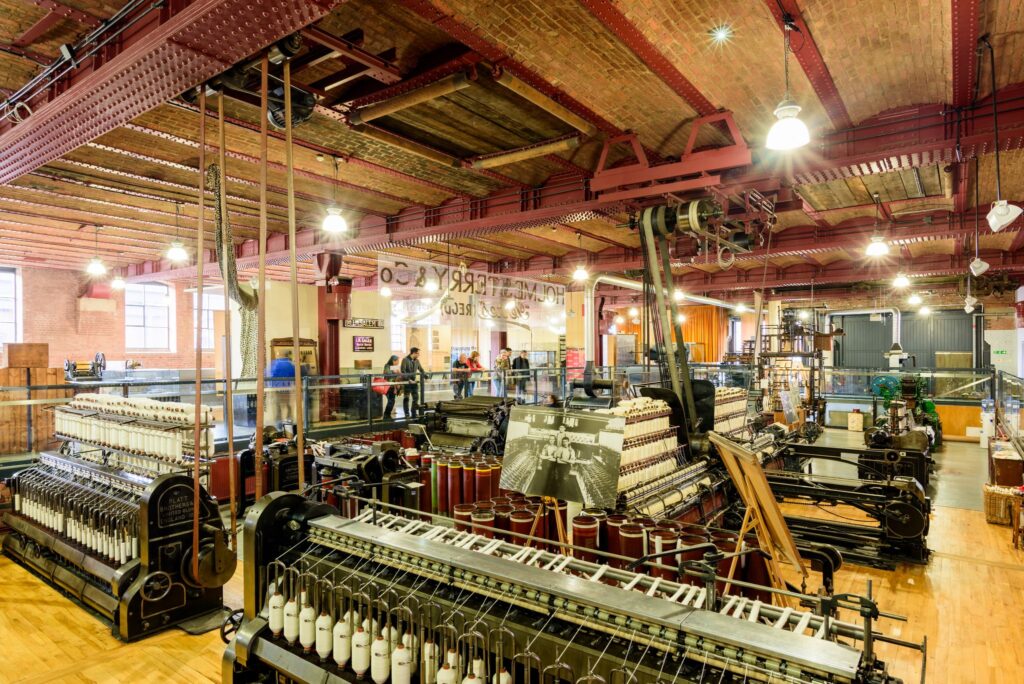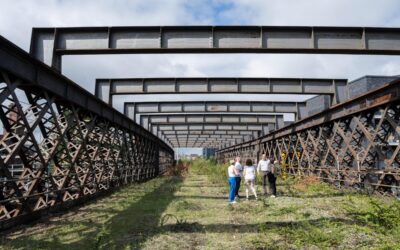From industrial revolution to the green revolution, the Science and Industry Museum in Manchester is transforming its environmental impact with new zero-carbon technology at the heart of the museum’s visitor experience.
The museum, which is well-known for its steam engine demonstrations, is home to a collection of items from the industrial revolution – a period of rapid change for the city during the 1800s, which saw Manchester filled with black smog as industrial machines churned our carbon emissions, but also supported the city’s cotton-spinning economy.
The Science and Industry Museum has plans to tell this industrial story, whilst laying the foundations for its own green future, and has secured £4.3m of funding from the Government’s Public Sector Decarbonisation Scheme, which is set to retrofit the historic museum estate, reducing carbon emissions, and creating a low environmental impact visitor attraction.
Plans include the reuse of an old 1800s well, including new boreholes with the latest green technology, and the installation of a water source heat pump network for heating water across the site, alongside an air source heat pump and electricity substation that will power the 7-acre site with 100% renewable energy.
The museum’s Power Hall – built in 1855 as a shipping shed – is currently undergoing renovation as part of £6m of funding received from the Department for Culture, Media and Sport. To support decarbonisation, it has received an additional £2.6m to reduce emissions by 60%, adding new enhanced roof insulation and glazing for energy efficiency, and electric boiler and water source heat pumps that will be used to heat the building and power the historic steam engines housed on-site.
The Power Hall is one of the museum’s most popular attractions, with the largest collection of working steam engines in Europe and will reopen to the public in 2023 restored to its former glory.
In years to come, this multi-sensory gallery, full of the sounds of machines, the whistle and smell of steam and incredible personal stories will show how Manchester provided the power that changed the city and the world—from the way we work to the consumer society we live in. In revealing more about the human skill and ingenuity of the past, the Power Hall will inspire the engineers and innovators of the future.
In total, new measures across the museum will see an annual reduction of Co2 by 515 tonnes – equivalent to 30 homes per year.

The Science and Industry Museum on Liverpool Road, Manchester.
Science and Industry Museum Director, Sally MacDonald, said: “The museum’s site represents where science met industry and the modern world began – what happened here changed the world, triggering a revolution in trade, technology, travel and time. We are delighted that this funding will enable us to continue to innovate as we create an environmentally sustainable museum for the future.”
The new carbon reduction initiatives are part of the wider Science Museum Group’s goal to reach net zero by 2033.
The Public Sector Decarbonisation Scheme was launched in September 2020 and offered grants of up to 100% of the cost of upgrading public buildings in 2021. The £4.3m funding for the Science and Industry Museum follows the £78m Government funding announced to support energy efficiency upgrades to more than 150 public buildings across the city-region in March.
Information on all current projects at the Science and Industry Museum, including the restoration of the Power Hall can be found on the We are changing page.




